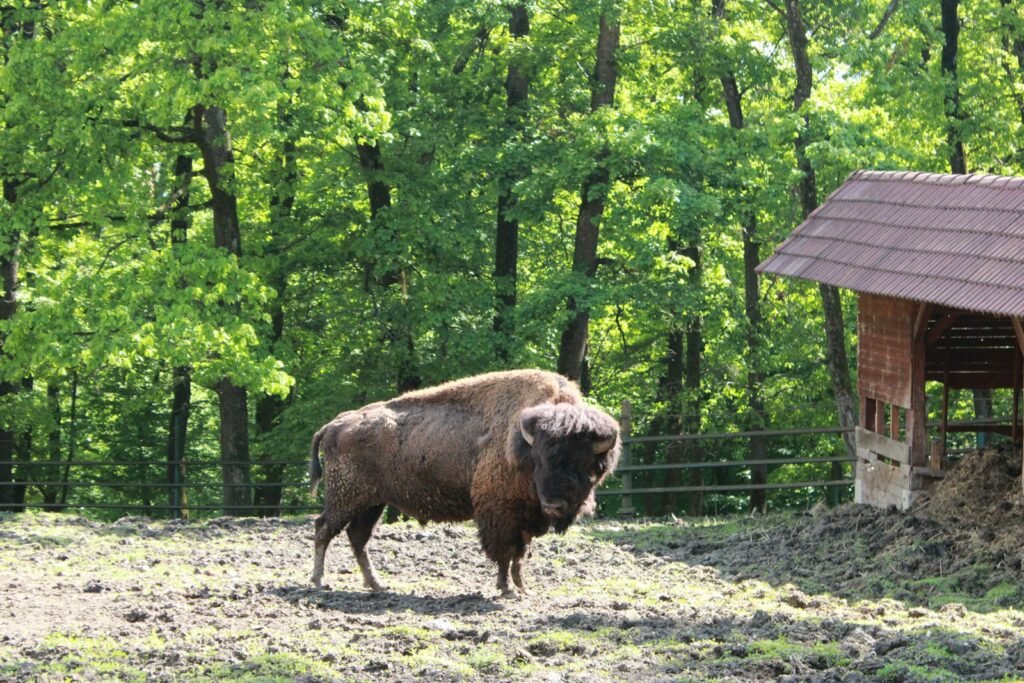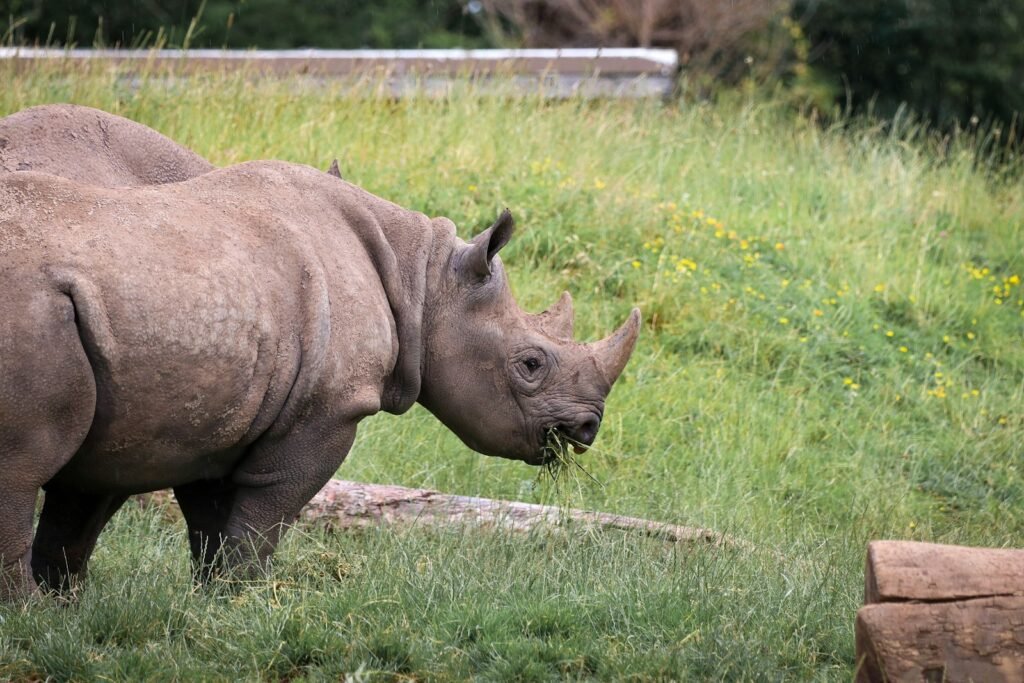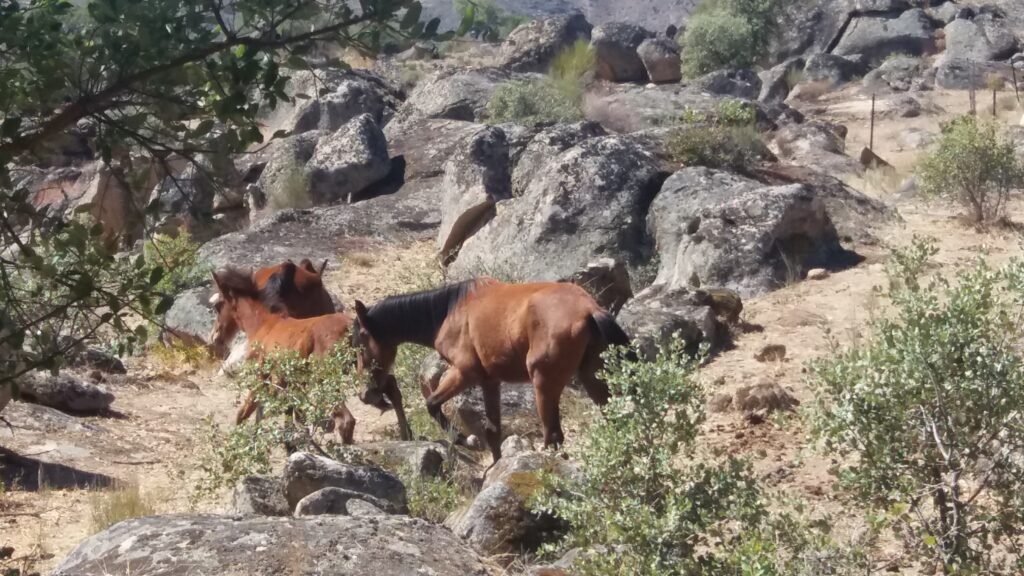Rewilding is a fascinating and complex concept that involves restoring ecosystems by reintroducing species that once inhabited them. This idea has gained significant attention over recent years as a potential solution to environmental degradation, biodiversity loss, and climate change. The prospect of bringing back extinct animals, in particular, has generated both excitement and controversy. This article delves into the debate over rewilding extinct species to their natural habitats, exploring its potential benefits, challenges, and ethical implications.
The Promise of Rewilding

Proponents of rewilding argue that it offers a promising pathway to restoring ecosystems and balancing natural processes. The reintroduction of apex predators, like wolves or lynx, can significantly impact the food chain, promoting biodiversity and fostering more resilient environments. For example, the reintroduction of wolves to Yellowstone National Park in the United States resulted in trophic cascades that rejuvenated the landscape, affecting not only prey populations but also vegetation and river behaviors.
The Excitement of De-extinction

The idea of de-extinction!—bringing back extinct species—is particularly appealing within the rewilding discourse. Advances in genetic engineering and cloning techniques have made it theoretically possible to revive species like the woolly mammoth or the passenger pigeon. Advocates of de-extinction suggest that resurrecting these species could restore lost ecological functions and improve biodiversity.
Potential Ecological Impacts

One of the primary arguments in favor of rewilding extinct species is its potential to restore ecosystems to their former, more balanced states. By reintroducing keystone species, ecosystems can regain stability and functionality. However, the impact of such introductions requires meticulous research to avoid unforeseen consequences. The reintroduction of species could lead to competition with current inhabitants, potentially threatening existing biodiversity.
Challenges and Concerns

Despite its potential benefits, rewilding faces numerous challenges. One major concern is the lack of suitable and sufficient habitats that can support reintroduced species. Many natural habitats have been altered or fragmented by human activities, making them less hospitable to their former inhabitants. Additionally, the introduction of extinct species may not consider the socio-economic impacts on local communities that depend on the land for agriculture or other livelihoods.
Ethical Considerations

The ethical implications of rewilding and de-extinction are complex and multifaceted. There are concerns about the welfare of animals brought back through cloning or genetic engineering, as these processes may result in individuals with physical or behavioral abnormalities. Moreover, the resources invested in rewilding projects could potentially divert funding from conservation efforts for species that are currently endangered.
Case Studies and Current Projects

Various rewilding projects are underway around the world, offering a glimpse into the potential successes and challenges of this approach. In Europe, the reintroduction of the European bison has shown encouraging results in terms of increasing biodiversity and promoting forest regrowth. In Siberia, the ambitious project to bring back the woolly mammoth aims to restore the mammoth steppe ecosystem, theoretically aiding in climate change mitigation by preserving permafrost.
The Future of Rewilding

The future of rewilding—as both a conservation strategy and a means of potentially resurrecting extinct species—remains uncertain. While it holds significant promise, particularly concerning biodiversity restoration and ecosystem stabilization, many logistical, ethical, and ecological questions still need to be addressed. Careful consideration of each species and ecosystem, rigorous scientific research, and inclusive dialogue with stakeholders will be crucial in determining the viability and success of rewilding efforts.
Conclusion

The debate over rewilding, especially in the context of reintroducing extinct animals, underlines the myriad complexities involved in attempting to reverse the impacts of human activities on the planet. While the prospect of living among species that disappeared long ago is thrilling, it is essential to balance enthusiasm with caution. By advancing our understanding of ecological interdependencies and responsibly applying scientific advancements, rewilding could offer a hopeful vision for the future of conservation.



